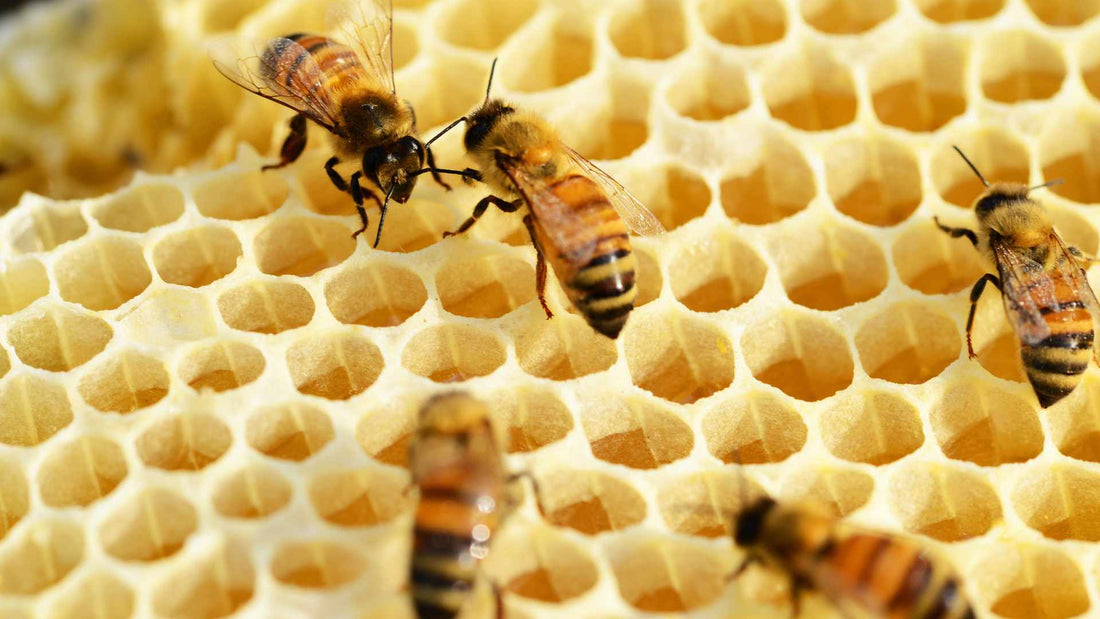
How Bees Create Honey
Share
Bees are fascinating creatures that play a crucial role in our ecosystem. Not only do they pollinate plants, but they also produce one of nature's most delicious and nutritious treats: honey. But have you ever wondered how bees make honey? Let's dive into the intricate process and uncover the secrets behind this golden elixir.
What is honey?
Honey is a sweet, viscous liquid that bees produce by collecting nectar from flowers. It serves as their primary source of food, providing them with the energy they need to survive. But how do bees transform nectar into honey?
The collection process
When bees venture out of their hive in search of food, they visit flowers and drink the nectar using their long, straw-like tongues called proboscis. Nectar is a sugary liquid secreted by flowers to attract pollinators like bees.
As bees collect nectar, they store it in their honey stomach, a separate compartment specifically designed for this purpose. This stomach is different from their regular stomach, allowing them to transport the nectar back to the hive without digesting it.
Enzymatic magic
Once back at the hive, the bees regurgitate the nectar into the mouth of another bee. This process is known as trophallaxis and helps to spread the nectar among the hive members. During trophallaxis, the nectar undergoes a remarkable transformation.
Bees have special enzymes in their mouths that break down the complex sugars in the nectar into simpler sugars like glucose and fructose. These enzymes, such as invertase, amylase, and glucose oxidase, play a crucial role in the honey-making process.
Water evaporation
After the nectar has been regurgitated several times, it is deposited into the honeycomb cells. The bees then fan their wings to create airflow, which helps to evaporate excess water from the nectar. This evaporation process is vital for honey production, as it reduces the water content and increases the concentration of sugars.
Bees continue this process until the water content of the nectar drops to around 17-18%. At this point, the nectar has transformed into honey and is ready to be sealed.
Honey storage
Once the honey is ready, the bees seal the honeycomb cells with beeswax to protect the honey from moisture and other contaminants. This sealed honey will serve as the bees' food source during times when nectar is scarce, such as winter.
Interestingly, bees produce more honey than they need for their own survival. This excess honey can be harvested by beekeepers, providing us with this delectable and nutritious treat.
The nutritional benefits
Honey is not only a delicious natural sweetener but also offers several health benefits. It contains antioxidants, enzymes, vitamins, and minerals that can boost our immune system, soothe sore throats, and even aid in wound healing.
However, it's important to note that honey should not be given to infants under one year old, as it may contain spores of the bacteria Clostridium botulinum, which can cause infant botulism.
Appreciating the bees
Next time you enjoy a spoonful of honey, take a moment to appreciate the incredible work that bees put into creating this golden delight. Their intricate process of collecting nectar, enzymatic magic, water evaporation, and honey storage is truly a marvel of nature.
By understanding how bees make honey, we can develop a deeper appreciation for these remarkable insects and the vital role they play in our environment.



